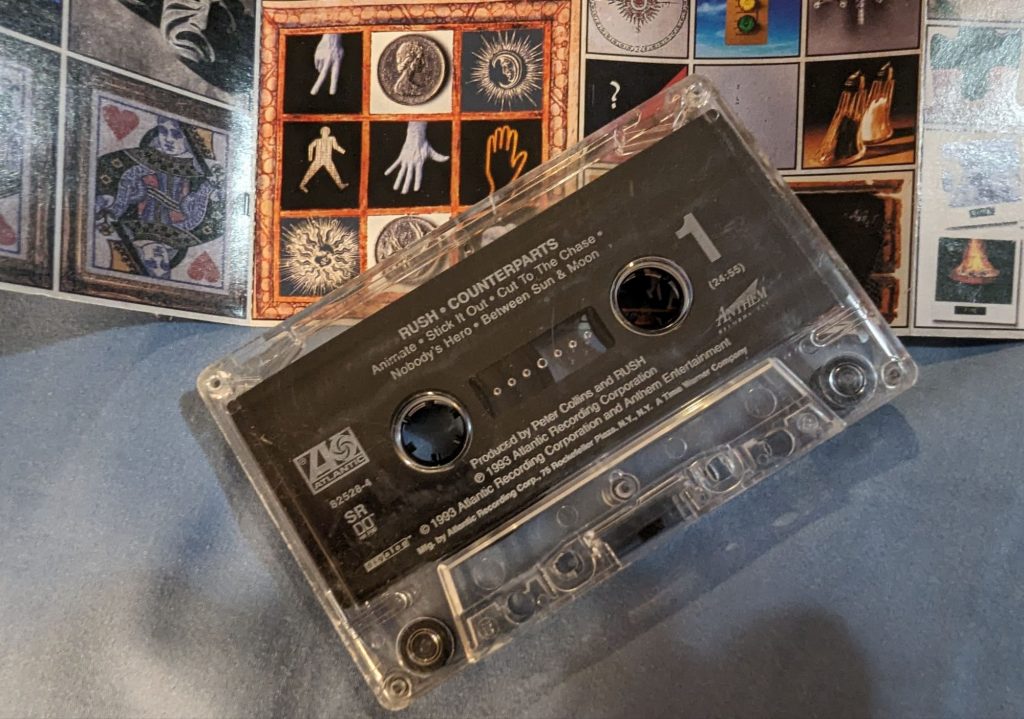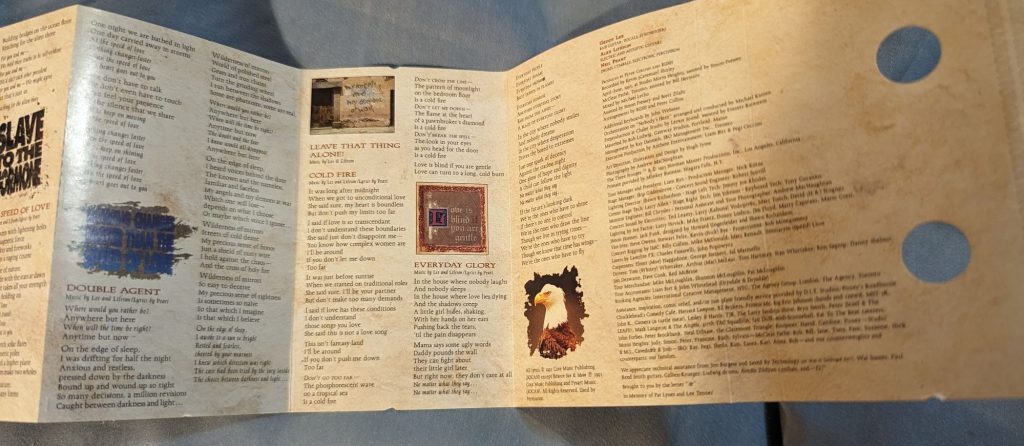This past weekend in Brussels I attended FOSDEM. It was one of the more productive FOSDEMs in recent memory, since I focused on valuable conversations, and attending talks that I thought directly related to what I do every day.
One such talk was Paris Pittman’s session, The Many Hats of a Maintainer: Organizational Design That Helps Reduce Them.

Paris needed more time, that much is clear. But in the time allotted, she focused on some hugely practical tips on how to empower open source community members (broadly, “maintainers”) to be more effective in things that they’re skilled at.
There’s really no way that I can summarize the talk, and I strongly encourage you to go watch it. The link above will link to the video once they are published.
But I took many pages of notes on one particular aspect of the talk, that I think I’m likely to spend a lot of time in the coming year trying to implement directly, specifically at the ASF. We have a tendency to toss people into the deep end at Apache (“Just make a contribution, everyone is welcome!!”) without much guidance, and without much recognition after the fact.
Paris talked about how titles are empowering, not just in personal affirmation, and in getting recognition from your employer for the value of open source participation, but, more basically, in terms of limiting scope. “Maintainer” (or whatever other catch-all word you like) implies doing it all, and far too many people in open source try to do it all.
Again, I don’t wish to try to summarize a brilliant talk, because there’s just too much. But this one simple idea of encouraging people to step into smaller, more narrowly defined roles (Reviewer, Documentor, Community Manager, Communications Lead, Security, and on and on) as well as celebrating folks who step down (Distinguished Contributor, Emeritus) rather than shaming them, can go a long way towards avoiding maintainer burnout, as well as encouraging beginners (I can’t do everything, but I can do *that*) to participate in roles that may grow over time.
Another note that I made, that I will hopefully be pursuing on the ASF community development side of things, is forming working groups, with regular check-in, so that the load is distrubited, and the licked cookies can be redistributed when they’re not making any progress.
I have a tendency to just go do stuff myself, because building consensus is *hard*. That leads, consistently, to three outcomes:
- The stuff doesn’t actually get done, because my list is long
- Nobody else does it either, because that’s Rich’s project
- I get super frustrated that nobody is helping, even though I created that situation myself, and know that I created it.
There must be a way for people to step into, and out of, a working group, to help move things along, with out it sitting solely on one person’s shoulders.
I don’t expect anyone will actually read this blog post, but I think by writing, and will follow up here over the coming months. Thank you, Paris, for an amazing talk. Every year at FOSDEM there’s one talk or conversation that makes the whole event worth it. Yours was one of several this year. (More blog posts to come on a few of the others.)











